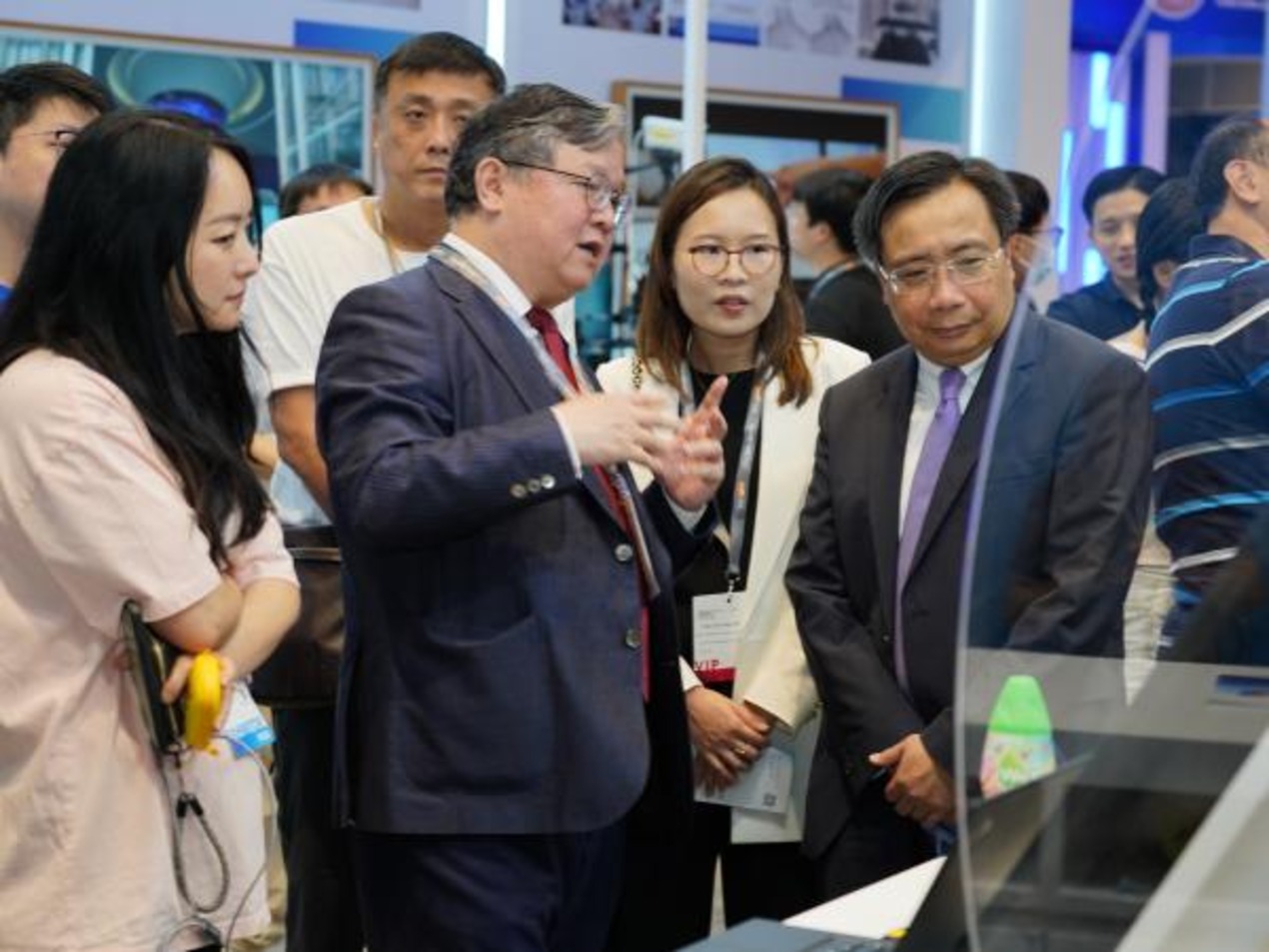
18F is a digital services agency within the United States Government. The purpose of the agency is to deliver digital services and technology products throughout all levels of Government in the US. 18F partners with agencies to improve the user experience of government services by helping them build and buy technology.
Brian Whittaker has just completed 6 weeks as Head of the digital services agency 18F, within the U.S. General Services Administration (GSA). 18F operates inside of GSA’s Federal Acquisition Service, and is part of the Technology Transformation Services, a service set up to innovate and improve government technology.
Brian’s role at 18F is not completely new territory for him as he has 10 years of experience leading IT transformation projects across the government. Previously he had been the Deputy Director at the Centres of Excellence, another IT modernization initiative within the Technology Transformation Services at the General Services Administration in the US.
Now he is heading up 18F, the digital consultancy with approximately 100 federal employees and projects spanning multiple partner agencies.
OpenGov had the opportunity to speak with Brian this week regarding his role, goals for the immediate future, the unique role of his agency within the government, as well as the unique business model of his agency within the government, providing government services for a fee to other government agencies.
Solidifying Business Operations and Refining Culture
In his new role, Brian said that for the remainder of 2020 and throughout 2021 “the goal is to mature as an organisation” by focusing on key priorities.
One priority is to focus on solidifying business operations by looking at ways to make it easier for agencies to engage with 18F, and to provide greater impact for partner agencies, and ensure that 18F services align with what they do well.
They also aim to provide greater impact by not only assessing how they operate internally but also how and who we partner with to make a more successful partnership.
“This year the intention is to form greater partnerships in the civic tech space and bring the strength of 18F’s network to solve the most complex challenges of our partner agencies.”
Another focus area for Brian in his new role is culture. He acknowledges that 18F is successful because of its people, that people come to work at 18F because of how they work, the problems they solve, and the investment they make into culture.
This year they aim to increase employee engagement, working on making diversity and inclusion a priority, growing skills and expertise, identifying mentors, building peer networks, and pursuing projects that stretch their capabilities.
Agility is the way forward
Agile work is more multidimensional than flexible working. Instead of focusing on when and where people work, agile work focuses on the efficiency of the work.
It helps deliver change when requirements are uncertain, helps build client and user engagement by focuses on what is most beneficial, changes are incremental improvements that can help support cultural change. Agile can help with decision making as feedback loops help save money, re-invest and realise quick wins.
And Agile working is something Brian Whittaker fully supports. He believes in agile working due to scenarios such as huge contracts sometimes leading to tech being outdated by the time the contract is completed.
He added that if projects are carried out in a modular way, an agile way, you will get value sooner from your investment.
Key personnel could be in another role by the time job is complete.
An agile working environment ensures business continuity and adapts a get things done effectively and efficiently approach rather than waiting for approvals for longer-term contracts.
As agencies are forced to do more with less, this approach allows it to show results sooner.
Agile projects allow the government to measure success at more regular intervals and if necessary make course corrections. The ability to measure and adapt reduces the overall risk to the project.
Government Paid Services Within Government
One of the unique things about the 18F agency is that it is a government agency that charges other government agencies for its services.
When asked if this model works well in government at all levels Brian said that this model provides a good sense of accountability and responsibility of the service you are providing.
In regard to the fee, he said it is a motivator to ensure clients get value. It also shows the level of commitment. It solidifies that both parties are invested in the project.
In response to how the agency overcomes resistance to their involvement in other agency work, he said that 18F has a robust network and that there is something to be said when you are in the trenches with an agency.
18F has the benefit of having relationships and past experience with other agencies to prove that they are successful. He said that it is much more powerful to hear success stories from partner agencies. Due to the nature of their work, they are always able to bring people together from all over government.
18F is currently working on multiple projects, they include platforms data.gov and Search.gov. Web hosting –Federalist which provides web hosting capability, scalability quickly, it can cope with large influx of hits and visitors without crashing – a lot of government transformation sites are hosted on it
Cloud.gov is another one, a platform that gives government teams the ability to develop, run and manage web applications without the complexity and cost of building and maintaining infrastructure.
Recommendations for Transformation leads and Agencies
Brian has a few recommendations for those leading transformation projects or for agency leads wanting to upgrade their technology or buy new technology.
Before embarking on sourcing new technology, he recommends researching tools that already exist and are out there, this will allow agencies to get a leg up very quickly without a whole new procurement process. There are a lot of advantages to not having to start from scratch when there are readily available open source tools.
Another key recommendation is to focus on service design – sometimes agencies put the focus on a specific tool than the people who will use it.
Upfront there should be a clear service model programme, IT and Acquisition should understand the service or develop a tool to adjust a process they already have.
HR and Acquisition team should be involved from the beginning. The right people need to be in place to manage the project.
For anyone involved in these government transformation projects he also said that focusing on continuous learning, being resilient and getting to know the owners of the processes will help in the transformation journey.

















